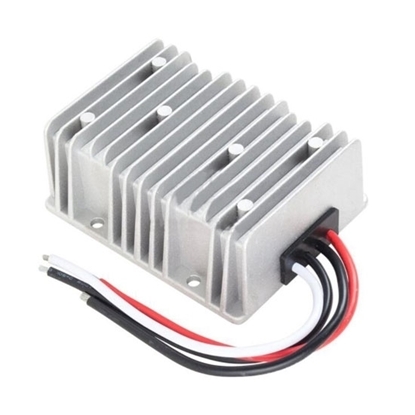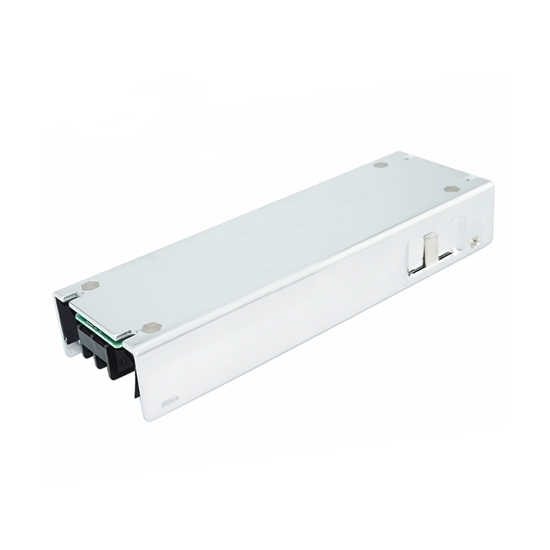DC-DC converters can be divided into two categories according to the circuit topology: basic DC-DC converters without isolation transformers and DC-DC converters with isolation transformers. The basic DC-DC converter converts the input DC voltage to the DC voltage or current that meets the requirements of the load by controlling the switch and then by capacitors, inductors and other energy storage filter elements. This kind of converter is suitable for applications where the input and output voltage levels do not differ greatly and do not require electrical isolation.

The basic DC-DC converter has a variety of circuit wiring forms, which can be classified into four basic types according to their circuit structure and functional classification.
- Boost converter.
- Buck converter.
- Boost/Buck converter.
- Cuk converter.
The parallel DC-DC converter adopts advanced high frequency pulse width modulation edge resonance technology, which makes the efficiency greatly improved. The whole machine is characterized by high voltage stabilization accuracy, fast dynamic response, low output noise, strong anti-interference ability and wide working range. The Chinese LCD on the panel can display the working status of this power module, and also intuitively display the voltage and current data; the module has a complete variety of protection functions; the module has built-in equal charging and floating charging switching circuit, and can choose manual or automatic control.
The monitoring interface can monitor the working status of the module, switch on/off control, equal float charge control, and is equipped with automatic equal current bus interface and equal charge bus interface. The intelligent model can be connected with other intelligent devices such as supporting monitoring module, PC, etc. to complete remote monitoring and realize the four remote functions of power supply system.
The non-parallel DC-DC converter is composed of imported DC-DC modules, which has the advantages of high voltage stabilization accuracy, low output noise, strong anti-interference ability, etc., and small size and light weight. Generally, DC-DC converters are unidirectional, but there are some occasions where bidirectional DC converters are also available for operation.

DC-DC converters can be divided into two categories according to whether there is electrical isolation between the input and output: those without electrical isolation are called non-isolated DC-DC converters, and those with electrical isolation are called isolated DC-DC converters. Non-isolated DC-DC converters can be divided into three categories: single-tube, double-tube and four-tube, according to the number of active power devices used.
There are six types of single-tube DC converters, namely buck converters, boost converters, boost/buck converters, Cuk converters, Zeta converters, and Sepic converters. Among these six types of single-tube converters, the buck and boost converters are the most basic, from which the other four are derived.